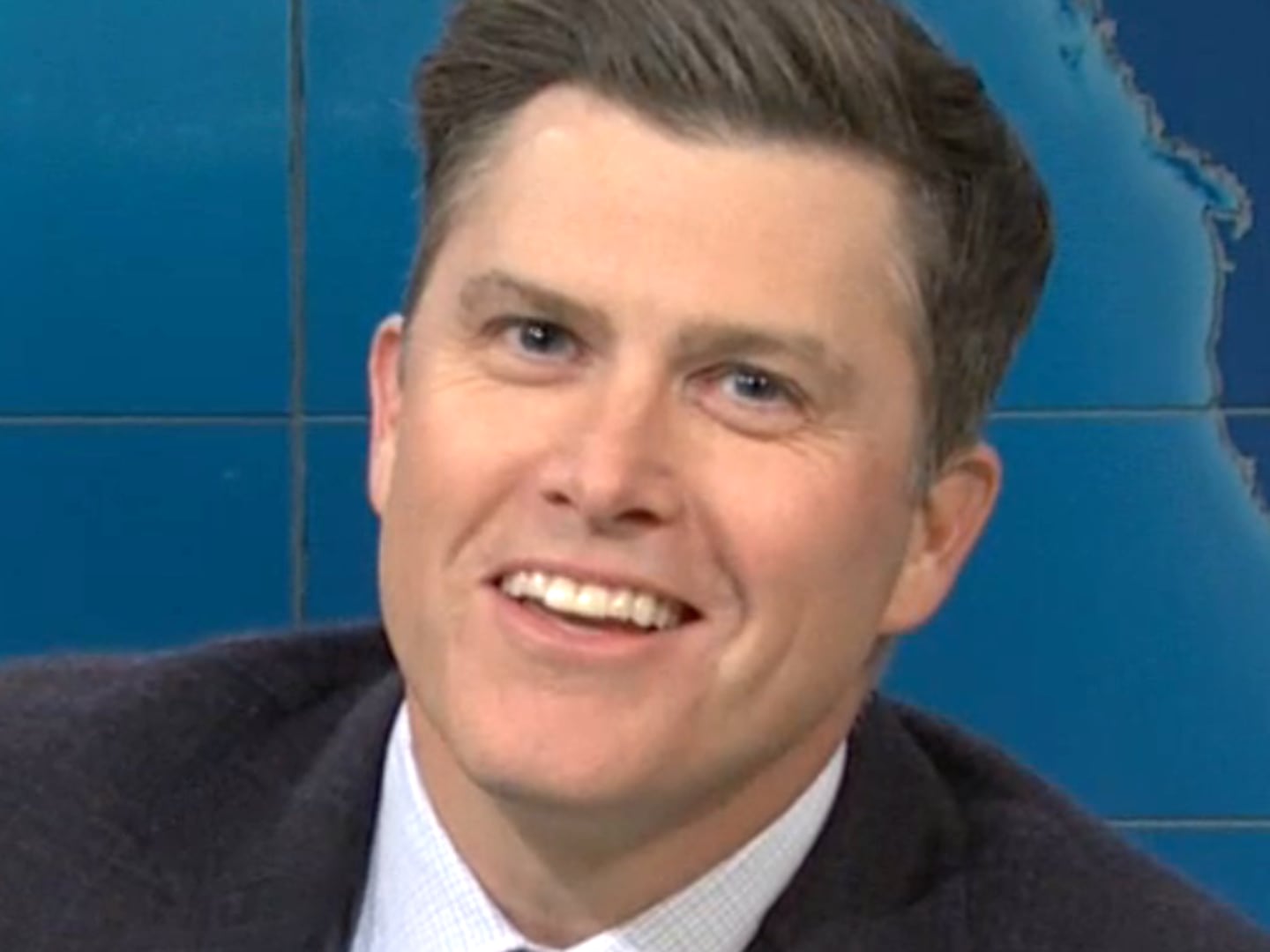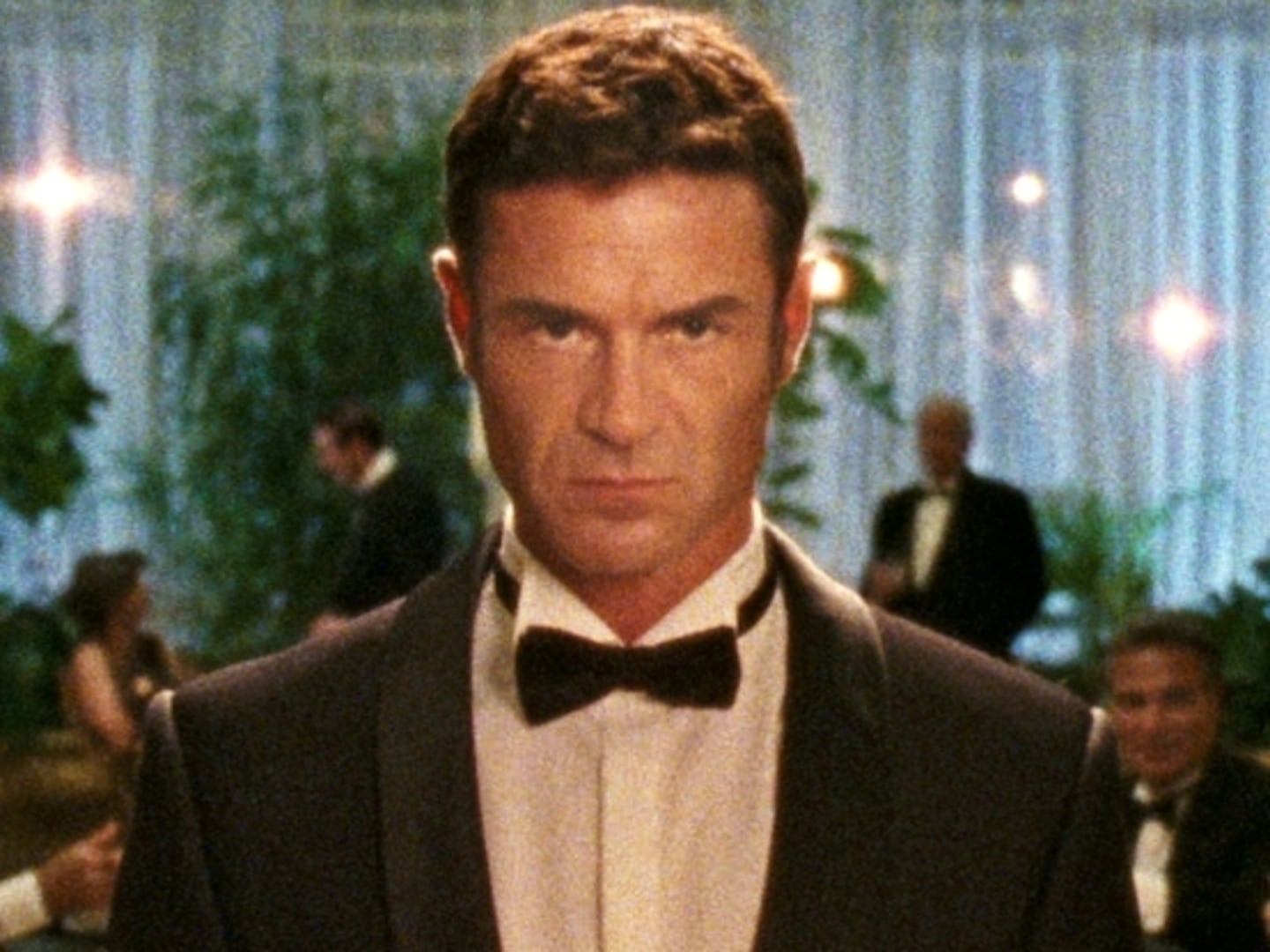You don't go to a George Miller movie for the expected. The Australian director is a master of the bizarre, and has spent his career making images that seem to come out of the deepest recesses of the human consciousness.
In 2015, Miller did what many thought was unimaginable. He released Mad Max: Fury Road, his long-awaited, long-troubled continuation of the Mad Max series which he began in 1979. Fury Road defied all expectations with its wondrous symphony of action. But it also diverted attention away from the hero of the title, road warrior Max Rockatansky (Tom Hardy), and introduced this audience to a captivating new fighter: Imperator Furiosa, a bald woman with one arm played with ferociousness and a well of pain by Charlize Theron.
Now comes Furiosa: A Mad Max Saga, the story of that woman, now played as an adult by Anya Taylor-Joy, that premiered Wednesday at the Cannes Film Festival. Of course, Miller has chosen not to play the same hits of Fury Road over again—though, make no mistake, there are astounding sequences of vehicular action. Instead of the streamlined story of Fury Road, essentially a race back and forth to freedom, he has made a picaresque story of Furiosa's rise with a Dickensian flare. It harkens back to the more sprawling nature of the original Mad Max films, but it’s also a spiritual work that grapples with how humanity reacts to grief and loss— whether sorrow perverts you or makes you stronger—all while delivering on the visual spectacle you could hope for from Miller.
The tale of Furiosa is a rich one that sometimes even feels bigger than the two and half hours of runtime can contain. Miller, who co-writes with longtime collaborator Nick Lathouris, divides Furiosa’s journey into five parts. We meet her as a child where she’s played by Alyla Browne, who, somehow astoundingly, has the same ocular intensity as Taylor-Joy. Furiosa is picking fruit with her friend in her lush home of the Green Place, a region of abundance surrounded by desert wasteland. They spot intruders and Furiosa creeps over to sabotage their bikes, but they catch her, and steal her to take her back to their master, Dementus, as proof of the fruitful land from whence she came.
Dementus, played by Chris Hemsworth trying to conceal every bit of his beauty save for the muscles, is a sadistic leader with a hint of clown to him. He’s a showboat who wears his dead children’s teddy bear on his armor, but that’s the last remaining bit of his soul. He attempts to adopt Furiosa as his own daughter, but eventually loses her when he tries to challenge Immortan Joe (Lachy Hulme), the white-maned big bad of Fury Road. In exchange for Furiosa and a regular delivery of water and food, Joe gives Dementus control of Gas Town, one of the three pillars of the Wasteland’s supply chain. Joe controls the Citadel with his army of War Boys, and uses the resources from Gas Town and the Bullet Farm.
The first part of Furiosa largely consists of Miller building out this landscape, while the little Furiosa observes its players and dangers. Taylor-Joy doesn’t show up until about an hour in, once Furiosa has escaped multiple terrible fates. Nearly silent at first, the Taylor-Joy version of the character has disguised herself as one of Immortan Joe’s workers—better than being one of his wives in his creepy breeding factory. Her subterfuge eventually leads her to the handsome and roguish Praetorian Jack (Tom Burke), driver of a War Rig.

Tom Burke and Anya Taylor-Joy
Jasin BolandTheir meet cute, if you want to call it that, is staged in the movie’s most bravura sequence: an assault on the War Rig, in which Furiosa, a stowaway, emerges the hero after crawling out from the wheels. This perpetually moving fight will be most familiar to Fury Road fans, but it has a different energy. It’s slier and more tactical than chaotic. We’re watching Furiosa’s wits more than her might, her plans whirring in Taylor-Joy’s eyes, which Miller uses to great effect as they beam out from layers of dirt and oil.
Though Furiosa is long, there’s an economy to it. Furiosa and Jack don’t have to exchange many words for their connection to grow. Burke and Taylor-Joy project understanding and eventually even romance through glances and not much else. It’s the way they communicate when under fire that resonates.
Taylor-Joy's casting raised a bit of eyebrows given how instantly iconic Charlize Theron’s take on the character became. But there's a purposefulness to re-imagining the role. Taylor-Joy's litheness makes her able to disappear, and you can see the wetness in her gaze even though she never allows herself to cry. She's in the process of hardening herself, while Theron's Furiosa, when we meet her, is already solid. The reservation in Taylor-Joy’s performance bounces off of the maniacal energy that Hemsworth produces as Dementus. He is a villain that hides his own pain behind bombast, and Hemsworth strikes a balance between the ridiculous and the scary.

Chris Hemsworth
Jasin BolandFury Road was the type of movie people tend to call “awesome”—in the sense that it is both awe inducing and it’s the kind of movie that makes people go “that was AWESOME” in an almost bro-ish way. Furiosa is certainly the former, but its playfulness is tempered by the truly somber and even more disturbing elements. It feels important to remember that after producing Babe, George Miller made the sequel Babe: Pig in the City an often terrifying film in which our optimistic porcine hero is introduced to the big bad world at large.
The happy ending for Furiosa comes in Fury Road, clips of which we are treated to during the end credits. Here, the victory is pyrrhic and laced with its own cruelty in an image that won't soon leave my mind. She has always been fierce, but over the course of her saga she becomes fearsome, her hope laced with anger and a desire for revenge. You want to weep for her as well as cheer.







